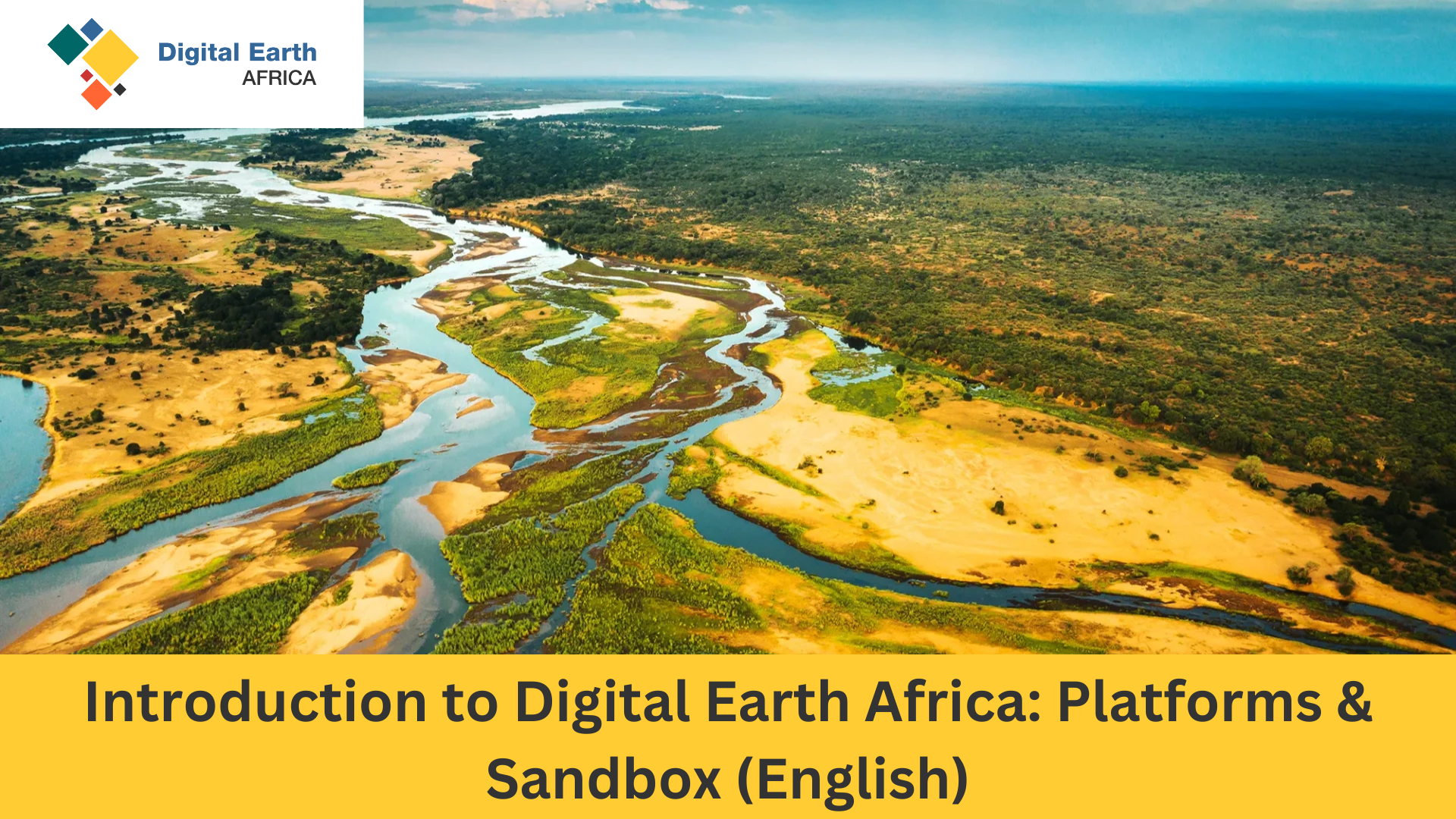Kenneth Mubea, PhD
User Engagement Manager
Kenneth leads technical assistance and user engagement, supports adoption of DE Africa services, and collaborates with partners across the continent.

Register or sign in to enrol in this course.
Learn how to select, load, and analyse Earth observation satellite data of Africa using the Digital Earth Africa (DE Africa) platforms. You will explore the interactive DE Africa Map for no-code visualisation and the browser-based Analysis Sandbox (JupyterLab) for Python-powered workflows. Inspect regions at scale, generate publication-ready visuals, and run quantitative remote-sensing analyses.
This self-paced program is delivered over six sessions (plus a bonus “Python Basics” refresher). Part 1 focuses on orientation, web services, products, and first visualisations (no Sandbox required). Part 2 transitions into the Sandbox: running notebooks, loading products, and completing hands-on case studies.
No prior experience in Earth observation or coding is required. Each session includes step-by-step walkthroughs, practice activities, and knowledge checks, with the opportunity to earn a certificate by meeting the assessment threshold.
User Engagement Manager
Kenneth leads technical assistance and user engagement, supports adoption of DE Africa services, and collaborates with partners across the continent.

Technical Manager
Edward provides technical support, capacity building, and co-develops use cases with individuals, institutions, and partners using DE Africa services.
You can browse the public course overview page. To access lesson content, complete quizzes, and earn a certificate, you must register, then enrol in the course.
The DE Africa Learning Platform works best with current versions of Chrome, Edge, Firefox, or Safari. Please ensure cookies and JavaScript are enabled.
Visit the DE Africa Help Desk to search the Knowledge Base, join the community, or submit a support ticket. You can also consult the DE Africa User Guide for technical documentation.
Part 1 of the course uses the Map and web services (no Sandbox required). Part 2 guides you through creating a Sandbox account and running notebooks.
Ready to begin? Create your account, then return to this page and click Start Course.